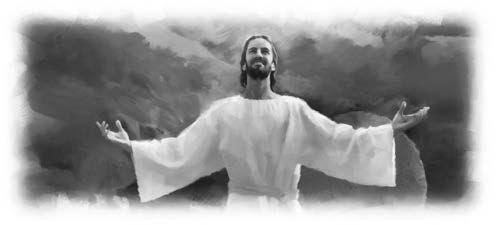Purna faced a seemingly impossible task. He had volunteered to plant a church in an unentered district of a major South Asian city, and he didn’t know where to start. He had moved to the district after volunteering to serve as a Global Mission pioneer. But how could he share his love for Christ with his non-Christian neighbors?
“God, please help,” he prayed.
Purna prayed for a week, but he still didn’t know where to start. But he did know one thing. He couldn’t stand the stench on the road outside his house. Piles of garbage and puddles of dirty rainwater mingled on the road. One morning, he saw that the garbage had blocked the gutters, and filthy water was overflowing onto the road. He decided to do something. Taking a long bamboo pole, he began picking away the trash from the gutters.
As he worked, the neighbors noticed.
“Did the city government send you to clean the road?” someone asked.
Purna replied that he had not been hired to clean the road and that he simply lived on it. The neighbors were impressed. Nobody had ever cleaned the road before.
“You’re a good man,” a neighbor said. “We need you here.”
“Don’t ever leave here,” another said.
As he cleaned the road, Purna became a local celebrity. Everyone knew him and was talking about him. People invited him into their homes.
As he met the neighbors, he learned that one man was paralyzed on his left side. Purna, who had been trained in massage, offered to help. The man agreed, and Purna began to give massages. Every time they met, Purna prayed and then gave a massage. The man recovered fully.
Neighbors were amazed to see the man in such good health.
“Who healed you?” they asked.
“Oh, it was the good man who cleans our road!” the man replied.
Then the neighbors really wanted to get to know Purna. They began to ask for prayers and massages.
Today, Purna has accomplished the seemingly impossible and planted a church. Eleven people have been baptized, and 20 others are studying the Bible. “Please pray for God to help us serve Him more and more,” Purna said. “Even today, I am cleaning the road. If I see garbage stuck in the drains, I clean it up.”
Purna lives in a veiled country that Adventist Mission is not identifying so as to protect his work among a population often hostile to Christianity. Learn more about Global Mission pioneers on the Adventist Mission website: bit.ly/GMPioneers.
